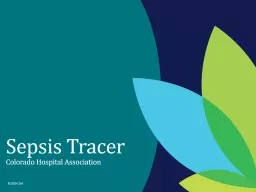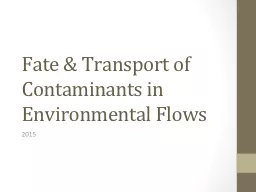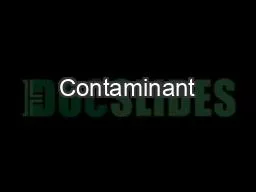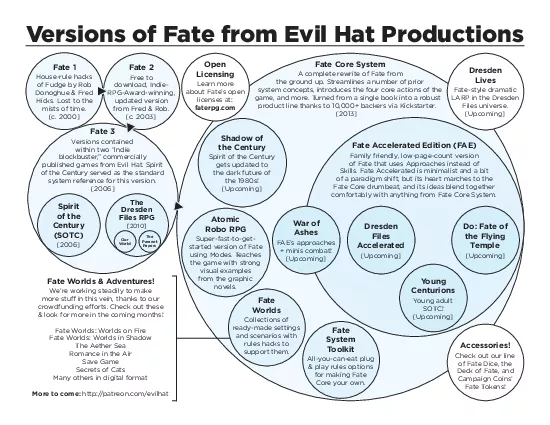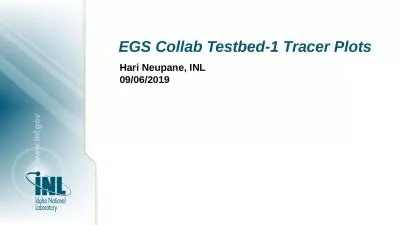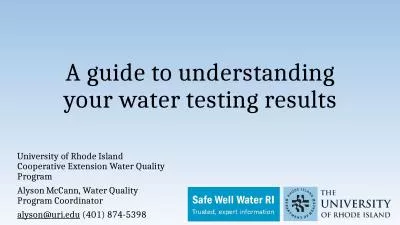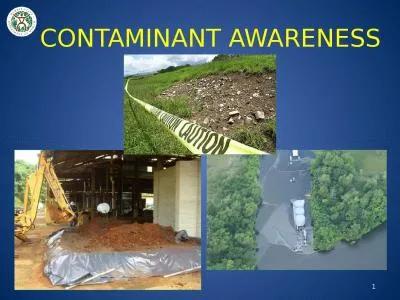PPT-Multi-tracer approach to understanding contaminant fate and
Author : liane-varnes | Published Date : 2016-03-08
Amanda Laskoskie 1 Dr Dorothy Vesper 1 Dr Harry Edenborn 2 Dr Akram Alshawabkeh 3 Dr Ingrid Padilla 4 1 West Virginia University 2 Department of Energy
Presentation Embed Code
Download Presentation
Download Presentation The PPT/PDF document "Multi-tracer approach to understanding c..." is the property of its rightful owner. Permission is granted to download and print the materials on this website for personal, non-commercial use only, and to display it on your personal computer provided you do not modify the materials and that you retain all copyright notices contained in the materials. By downloading content from our website, you accept the terms of this agreement.
Multi-tracer approach to understanding contaminant fate and: Transcript
Download Rules Of Document
"Multi-tracer approach to understanding contaminant fate and"The content belongs to its owner. You may download and print it for personal use, without modification, and keep all copyright notices. By downloading, you agree to these terms.
Related Documents







